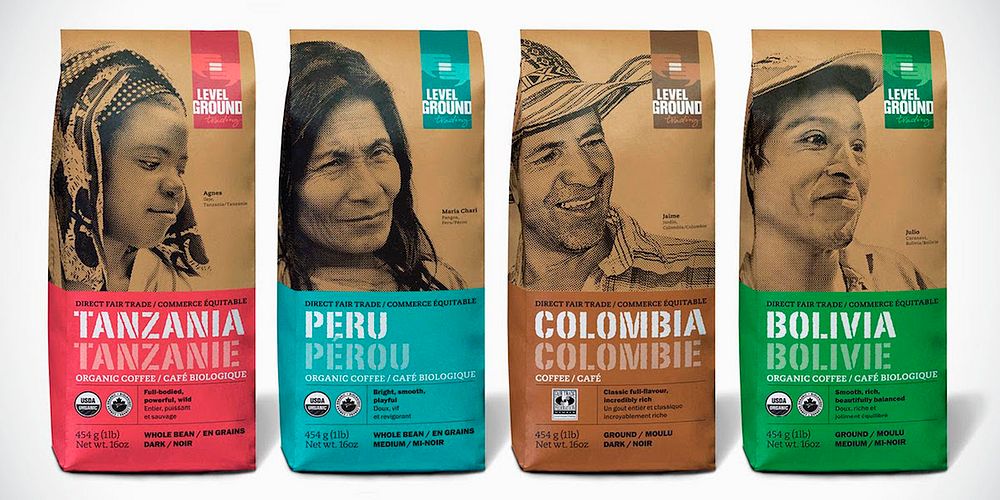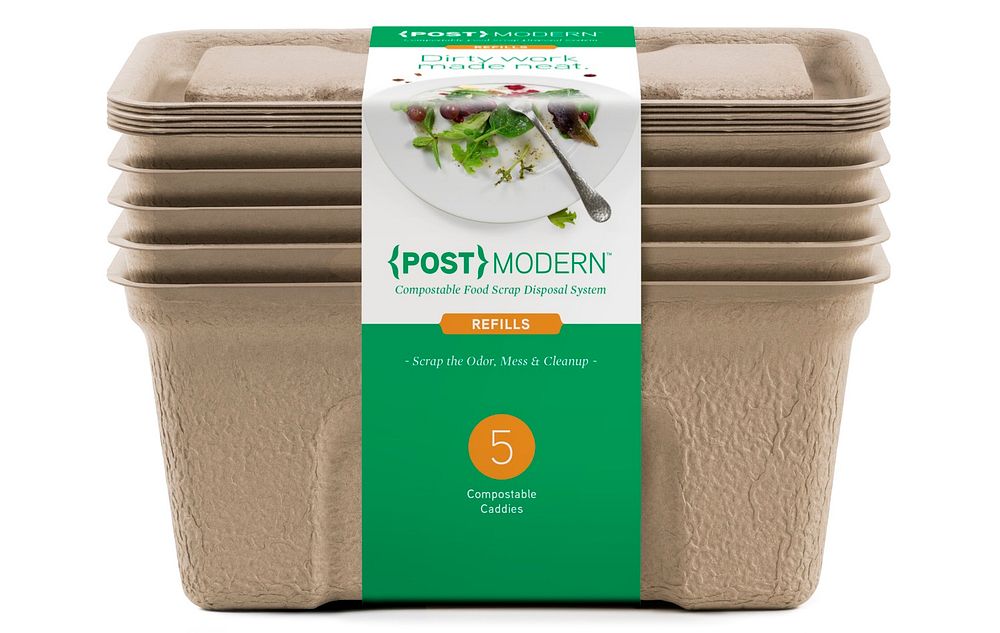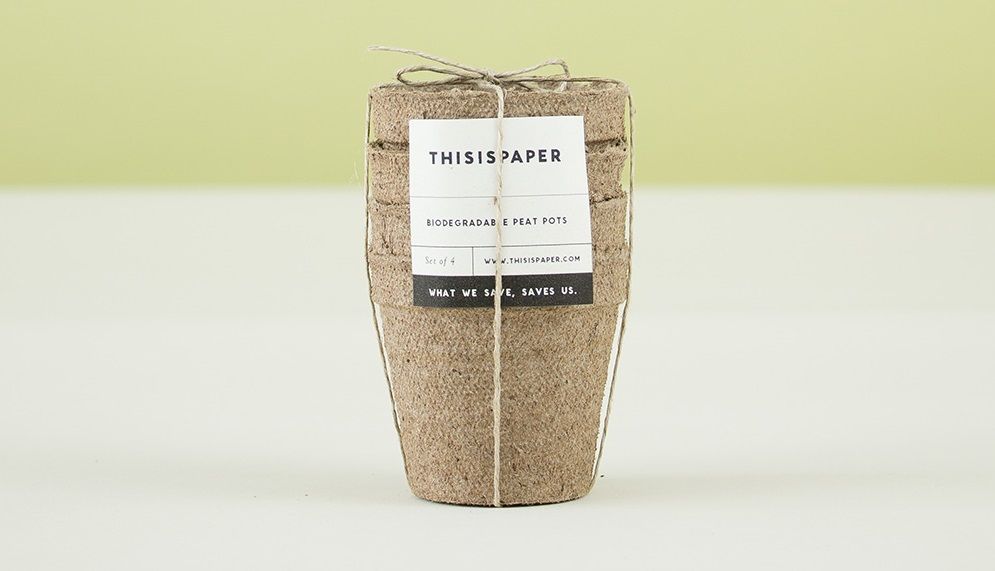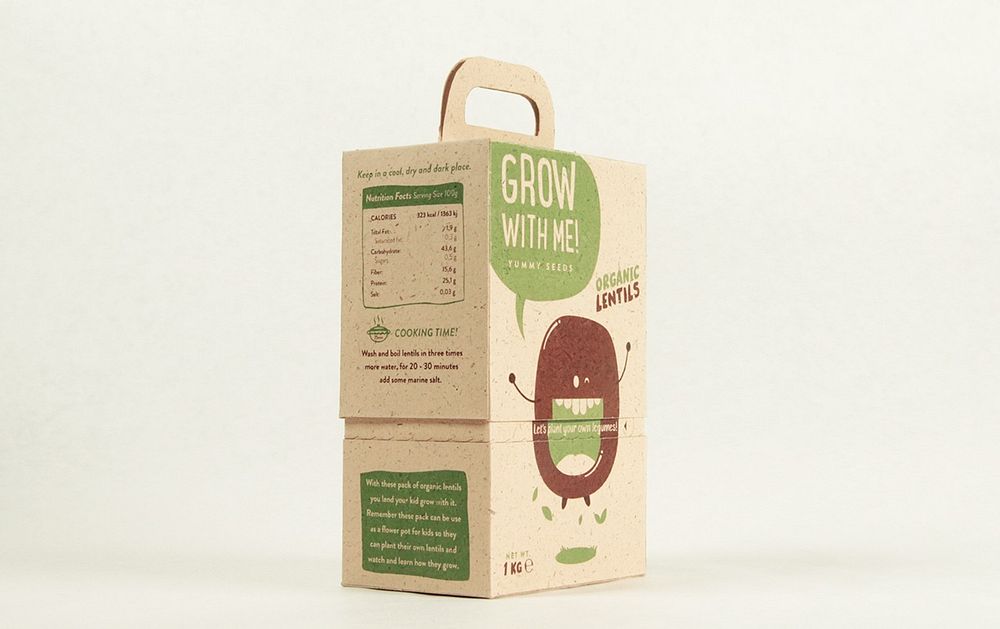Blog post -
Biodegradable vs. Compostable Packaging Materials
In our throw-away culture, there is a high need to create materials that can be less harmful for our environment; biodegradable and compostable packaging materials are two of the new green living trends. As we focus on making sure that more and more of what we throw out from our homes and offices is biodegradable or even compostable, we are closer to the goal of making the Earth an eco-friendly place with less waste.

However, only few people understand the difference between these two terms, leading to confusion in the marketplace. It is important to understand the meaning of “compostable” and “biodegradable” since they are not equivalent and should not be used interchangeably.
The European Standard EN 13432 lays down criteria for what can or cannot be described as compostable and what can be called biodegradable. The US Standard ASTM D6400-99 sets out similar standards. These standards are intended to ensure that the materials will break down in industrial composting conditions.

Key characteristics of a compostable material:
- Biodegradability: chemical breakdown of materials into CO2, water and minerals (at least 90% of the materials have to be broken down by biological action within 6 months).
- Disintegrability: the physical decomposition of a product into tiny pieces. After 12 weeks at least 90% of the product should be able to pass through 2x2 mm mesh.
- Chemical composition: low levels of heavy metals - less than a list of specified values of certain elements.
- Quality of the final compost and ecotoxicity: absence of negative effects on the final compost. Other chemical/physical parameters that must not be different from those of the control compost after the degradation.

Each of these points is needed to meet the definition of compostability, but each point alone is not sufficient. For example, a biodegradable material is not necessarily compostable because it must also break up during one composting cycle. On the other hand, a material that breaks up, over one composting cycle, into microscopic pieces that are not totally biodegradable, is not compostable.

Now, let’s have a look at a few examples of Biodegradable and Compostable Packaging:
Coffee packaging by Level Ground Trading.
The new packaging for their entire coffee line is 100% compostable.
“The new packaging material is certified compostable by BPI (Biodegradable Products Institute) and is made in Canada from FSC Certified wood.”

Popcorn packaging by Yellowtree Farm.
This packaging for popcorn is 100% recycled and compostable.

Compostable Compost Bin by {POST}MODERN
A compost bin that can be composted itself.

Lunch Book designed by Alessandro Garlandini and Sebastiano Ercoli for Expo Milan 2015.
They won the 1st Prize in the competition for the design of the lunch box which paper dishes are 100% recyclable and compostable.

Gardening pots by THISISPAPER, a Warsaw-based multidisciplinary design studio.
Pots are made of 100% biodegradable materials.

Grow With Me packaging by Cristina Castells, Maria Fernanda Peña and Andrea Ribera.
The packaging not only is biodegradable but also sustainable: it can be reused as a pot for growing your very own plants.

Sources:
http://www.organics.recycling.eenee.com
Read more Swedbrand blog posts at swedbrand-group.com/blog, or visit our website at swedbrand-group.com.
Topics
- Packaging, packing
Categories
- sustainability
- compostable
- biodegradable
- packaging